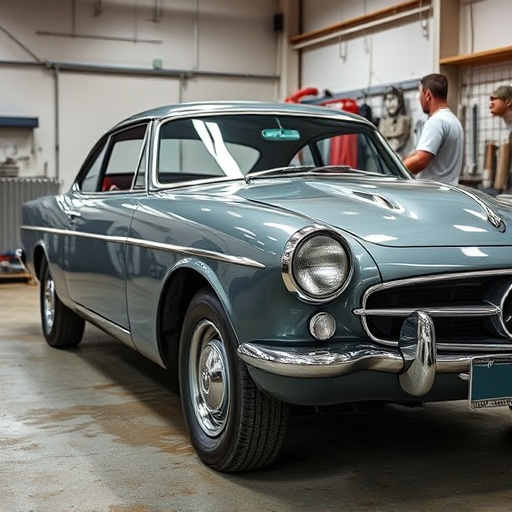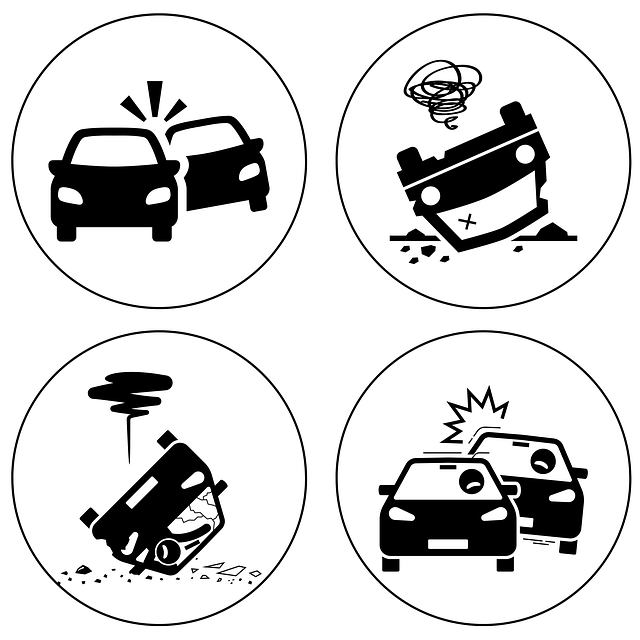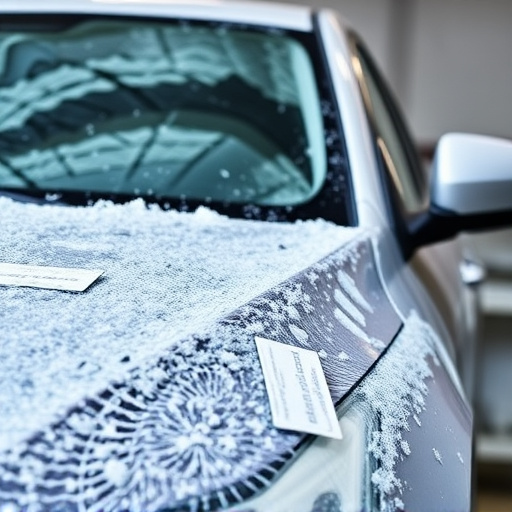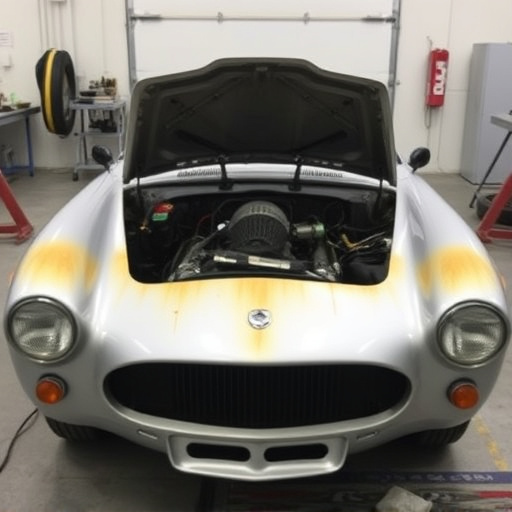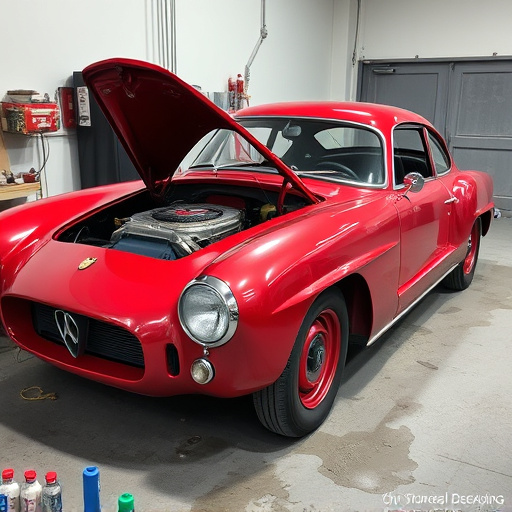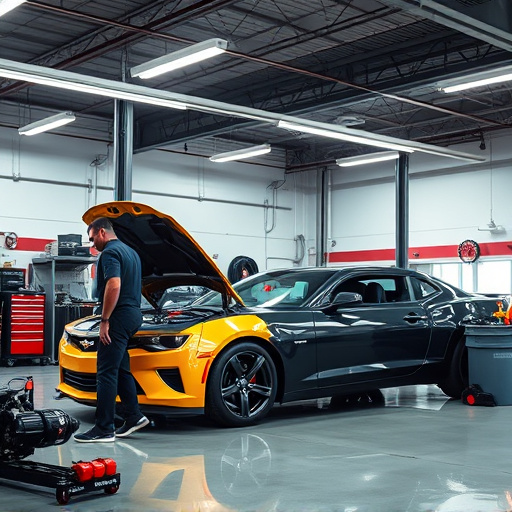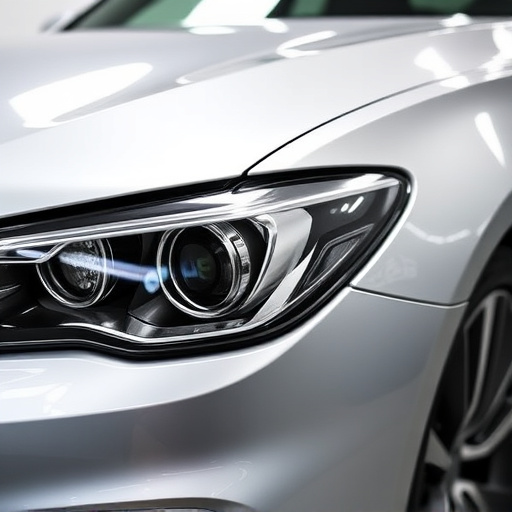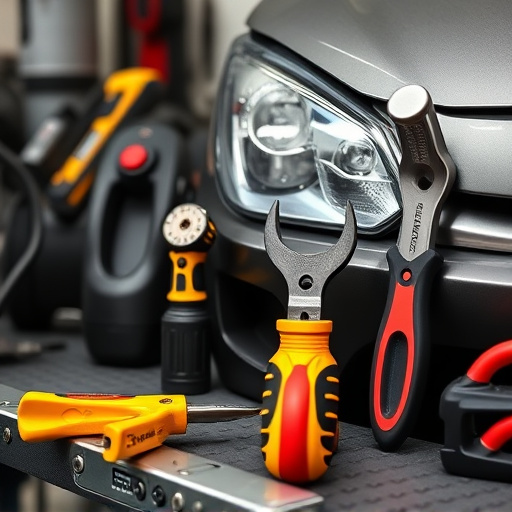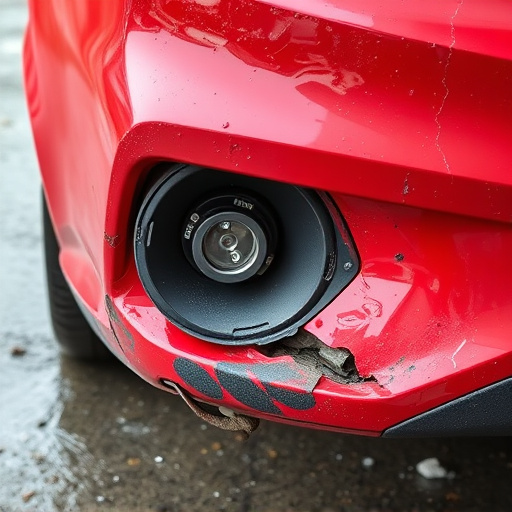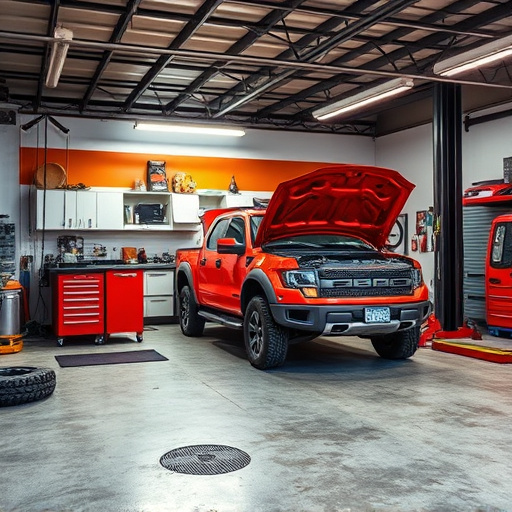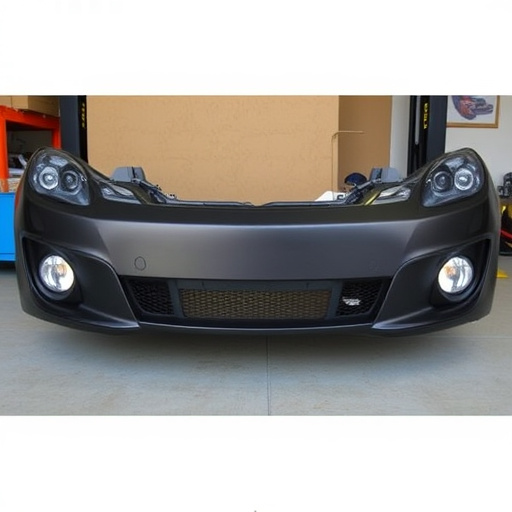When replacing a heat shield, consider OEM (original equipment manufacturer) or aftermarket options. OEM shields offer superior compatibility and structural integrity but are more expensive. Aftermarket shields cater to various vehicles, saving costs but may require adjustments for fitment. Quality varies among aftermarket brands, so research is essential. Choose based on balance between cost, fitment, and desired performance.
When it comes to choosing a heat shield replacement for your vehicle, understanding your options is crucial. This article guides you through the decision between Original Equipment Manufacturer (OEM) and aftermarket heat shields, offering insights into their unique features. We explore factors like compatibility, durability, pricing, and performance to help you make an informed choice. By the end, you’ll be equipped with the knowledge to select the ideal heat shield replacement for your needs, ensuring optimal engine bay protection.
- Understanding OEM and Aftermarket Heat Shields
- Factors to Consider When Choosing Replacement
- Pros and Cons of Each Heat Shield Option
Understanding OEM and Aftermarket Heat Shields
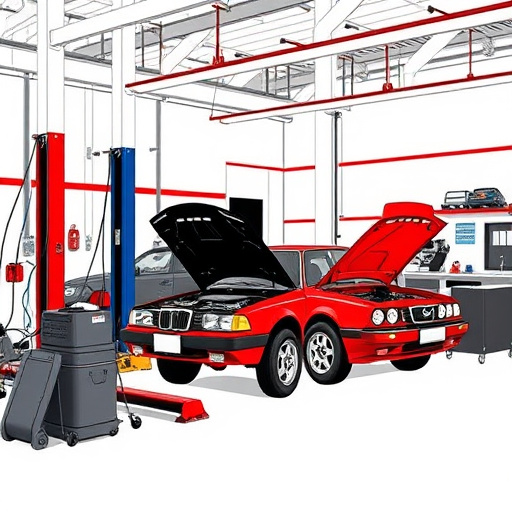
When considering a heat shield replacement, understanding the distinctions between Original Equipment Manufacturer (OEM) and aftermarket components is paramount. OEM heat shields are those directly provided by the vehicle manufacturer, designed to fit your specific make and model exactly. They’re known for their superior compatibility, ensuring a seamless fit that complements your vehicle’s bodywork without compromising aesthetics or structural integrity.
Aftermarket heat shield replacements, on the other hand, are manufactured by third-party suppliers, catering to a wide range of vehicles. While they may offer cost savings compared to OEM parts, aftermarket options might not perfectly align with your vehicle’s design. However, these shields can be an excellent choice for those seeking customization or involved in auto body services, as they often come with adjustable features and various finishing options, enhancing both performance and the overall look of your vehicle restoration.
Factors to Consider When Choosing Replacement
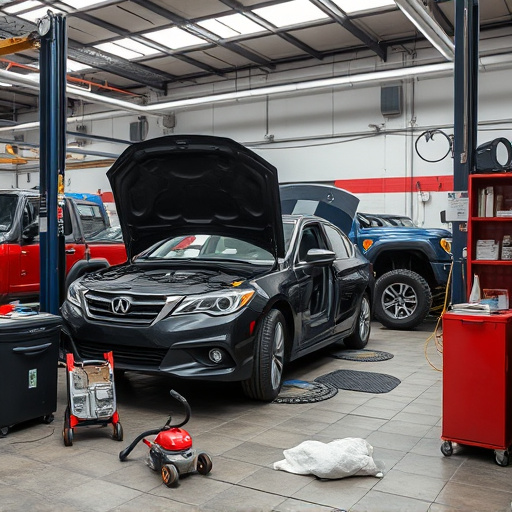
When choosing between OEM (Original Equipment Manufacturer) and aftermarket heat shield replacement, several factors come into play. One key consideration is compatibility – ensuring the new shield fits perfectly to avoid any gaps or misalignments that could compromise its effectiveness. Aftermarket shields might be more affordable but they may not match the exact specifications of your vehicle’s original design, whereas OEM replacements are designed to fit seamlessly and offer superior structural integrity.
Another important factor is quality. Aftermarket products can vary greatly in terms of durability and performance, so it’s crucial to research and choose a reputable brand known for its high-quality materials and craftsmanship. Conversely, OEM heat shields, though more expensive, are typically engineered to meet the exacting standards set by the vehicle manufacturer, guaranteeing superior protection against heat, corrosion, and potential damage from fender benders or car dent removal processes – even if it’s just a minor scratch repair.
Pros and Cons of Each Heat Shield Option
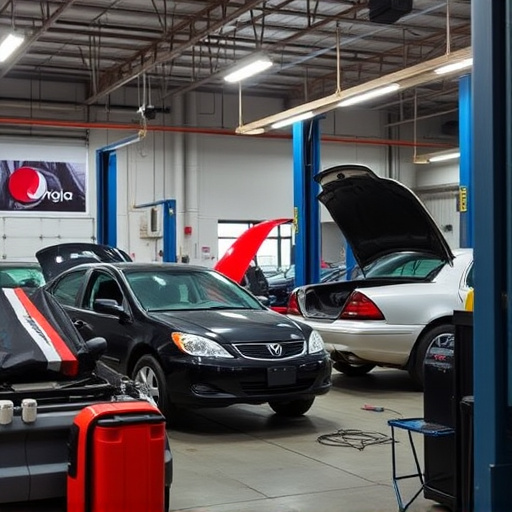
Choosing between OEM (Original Equipment Manufacturer) and aftermarket heat shield replacement involves weighing the pros and cons of each option.
OEM heat shields offer several advantages, including precise fitment, ensuring optimal performance and safety. They are designed specifically for your vehicle make and model, aligning perfectly with existing components. Using OEM parts can also enhance your mercedes benz repair or overall car value since they come directly from the manufacturer. However, OEM products tend to be more expensive than aftermarket alternatives due to their superior quality and brand association.
Aftermarket heat shields, on the other hand, provide a cost-effective solution for those looking to replace their worn-out shields without breaking the bank. These shields are often made with high-quality materials and offer a wide range of options in terms of design and fitment. They can be easily sourced from most auto body shops or online retailers, making them readily available. However, they may not provide the exact fitment as OEM parts and could potentially require adjustments for proper installation. Additionally, the quality can vary among aftermarket brands, so thorough research is essential to ensure you’re getting a reliable product.
When choosing between OEM and aftermarket heat shield replacements, consider your vehicle’s specific needs, budget, and long-term performance. OEM shields offer superior durability and a seamless fit, while aftermarket alternatives provide more variety and cost savings. Evaluate the pros and cons of each option based on factors like material quality, warranty coverage, and compatibility to make an informed decision that ensures optimal engine bay protection for your vehicle.
